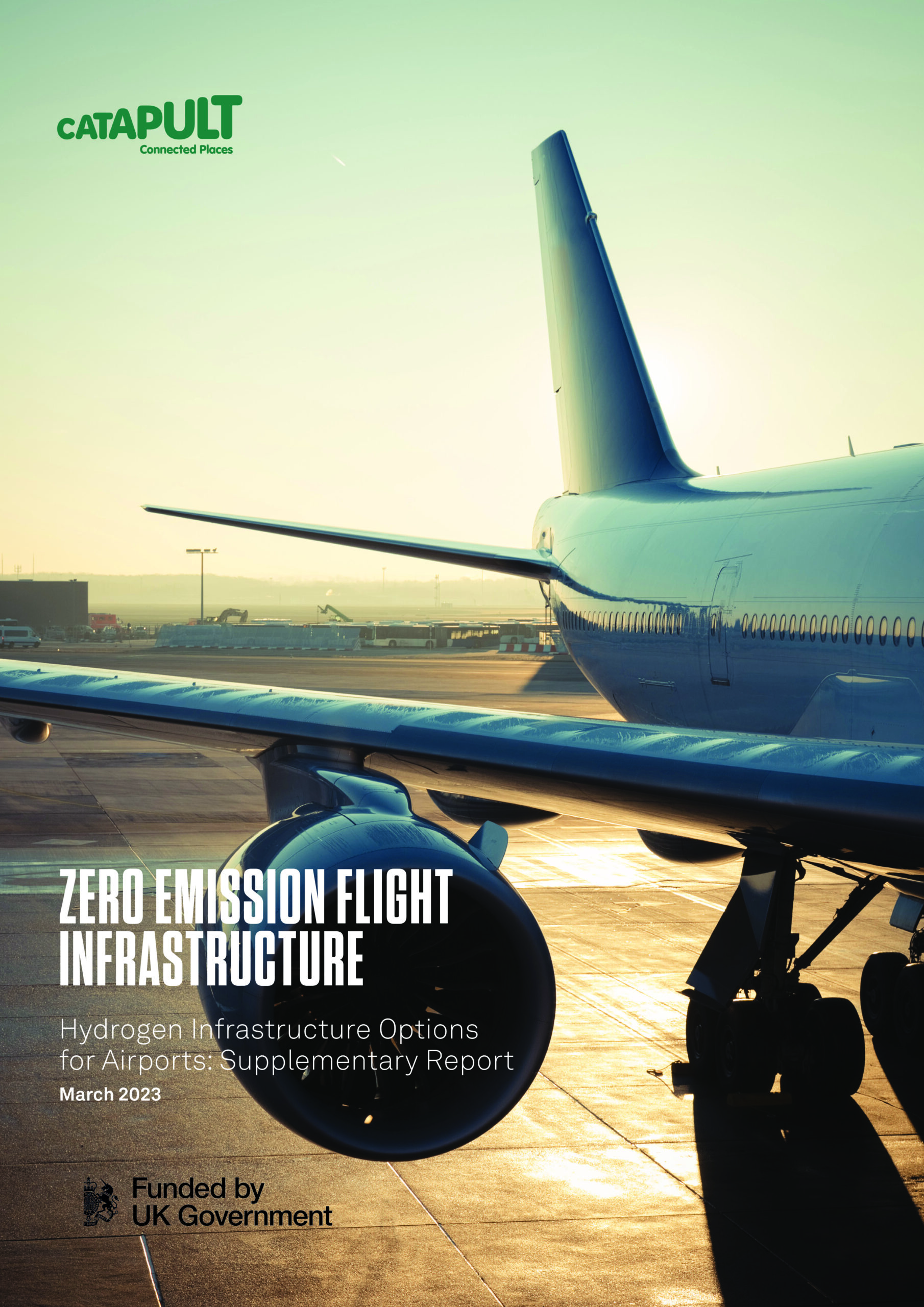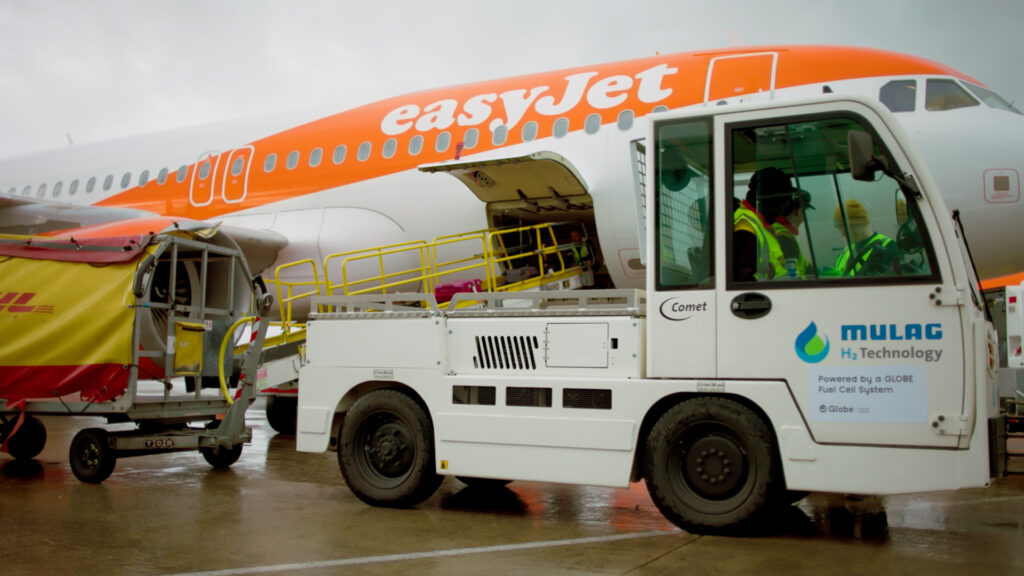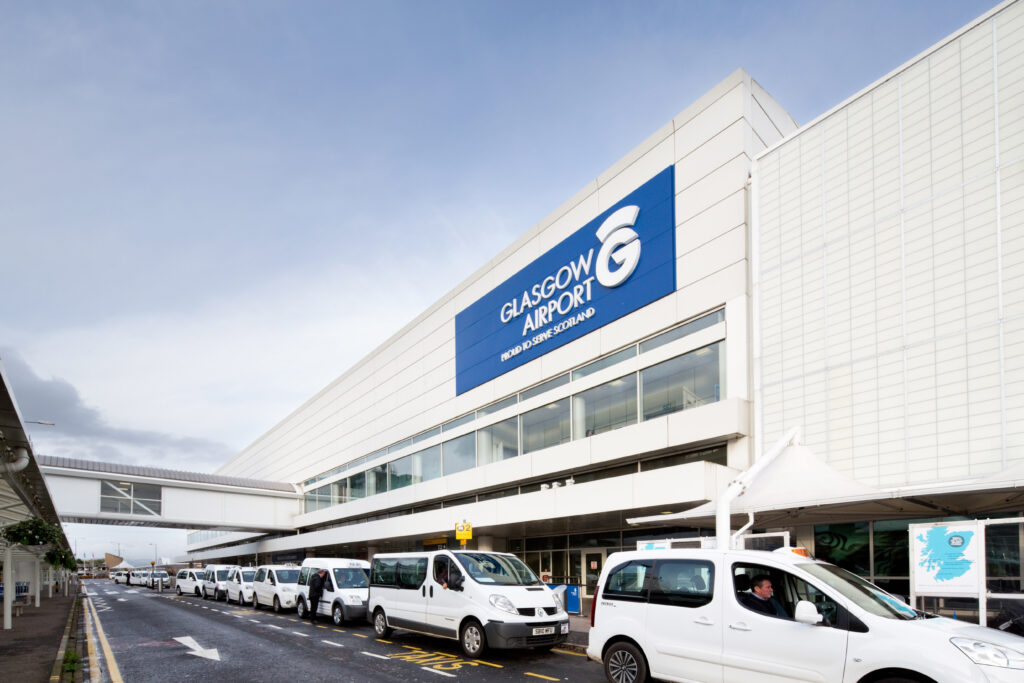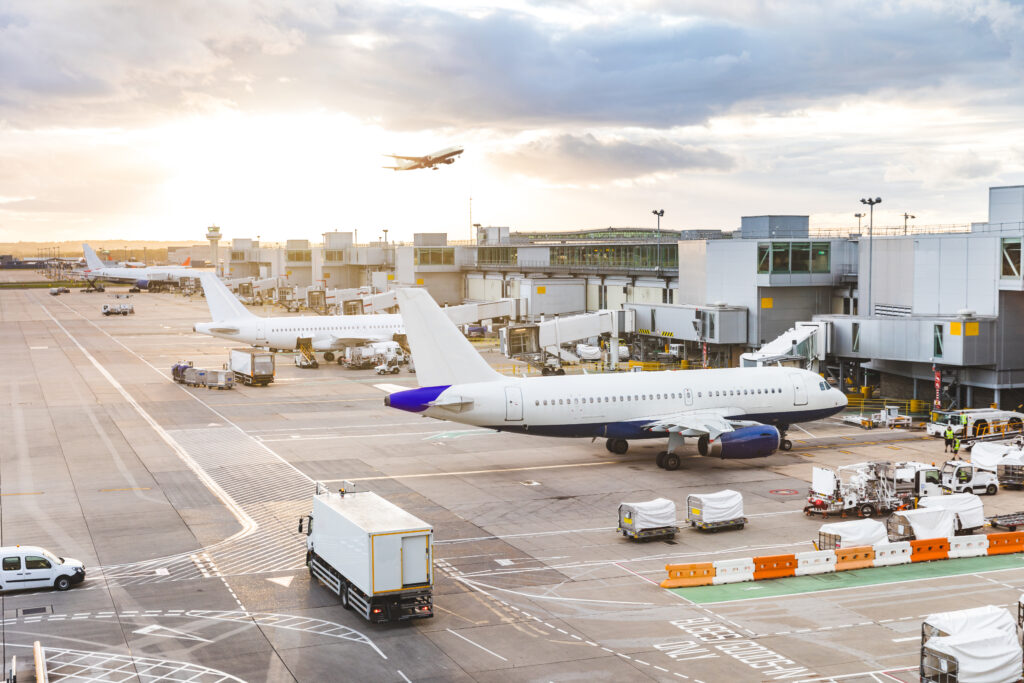The goal of achieving net zero flying by 2050 represents a major challenge for technology and industry. The target has been set out in the Jet Zero Strategy, published by the UK Government in 2022. At current rates, aviation is forecast to be one of the largest sources of greenhouse gas emissions by mid-century. Therefore, delivering against this objective will call for decarbonisation at scale and speed, requiring innovation at every level: from planes and fuels; to airports and infrastructure.
The Jet Zero Strategy sets out the important role that Zero Emission Flight (ZEF) can play in decarbonising the aviation sector. Airports and airfields will play a critical part in enabling the aims of ZEF. As a result, they urgently need to plan for the required infrastructure, which must evolve rapidly to meet the needs of future operations. Roll-out of this next-generation infrastructure will have to be managed with both maximum safety and minimum service disruption.
Liquid hydrogen has been identified by the FlyZero project as the most viable future fuel source for ZEF. In terms of implementation, the New Aviation Propulsion Knowledge and Innovation Network has suggested the entire UK regional fleet can be replaced with safe, certified, zero-carbon emission aircraft by 2040. The first hydrogen-fuelled service is expected to be operational in the UK as early as 2024. This timeframe highlights the need for an urgent change to fundamental infrastructure to enable and support hydrogen operations.
The Zero Emission Flight Infrastructure (ZEFI) programme has been commissioned by the Department for Transport (DfT) and brings together industry, regulators and academia to identify the viable infrastructure and the key requirements of enabling systems to facilitate implementation of ZEF in UK aviation. This report builds upon the infrastructure identified in the ZEFI Blueprint (1) to construct a model capable of identifying suitable infrastructure options for airports and airfields. The findings are by the Connected Places Catapult.
This report presents the results of the model, identifying suitable infrastructure for different sizes of airports and airfields — referred to as ‘archetypes’ — to support gaseous and liquid hydrogen-fuelled aircraft between 2030 and 2050. The scope of the project includes hydrogen-powered aviation only, and the model considers the arrival of hydrogen fuel at the airport or airfield, through to the connection to the aircraft. The airports considered are those with scheduled commercial flights, including handling Public Service Obligation (PSO) flights. The systems and technologies highlighted support hydrogen-fuelled conventional take-off and landing (CTOL) fixed-wing aircraft.


















